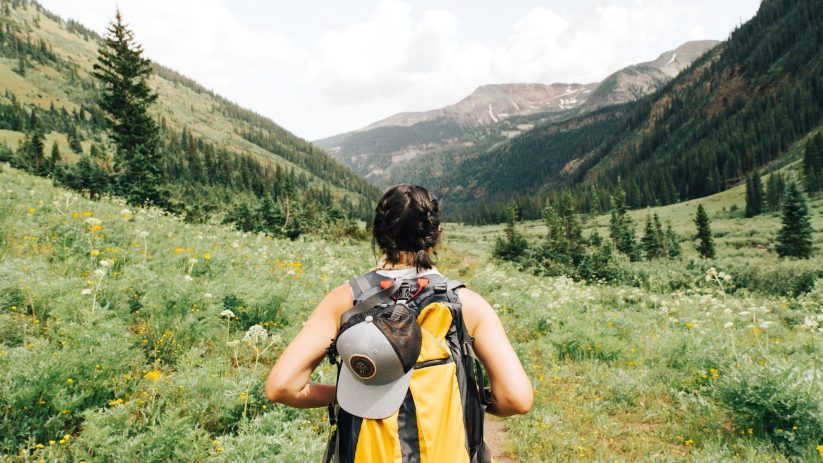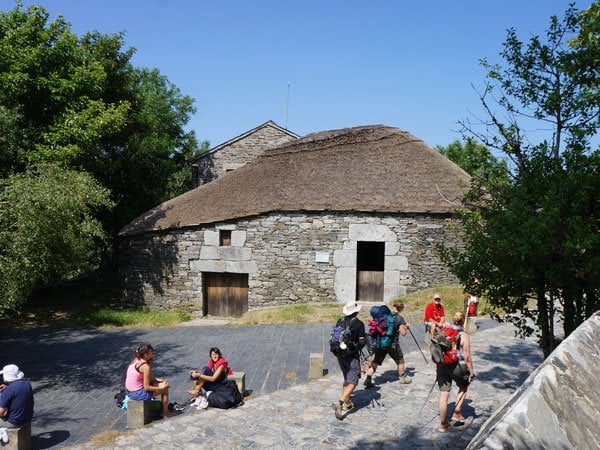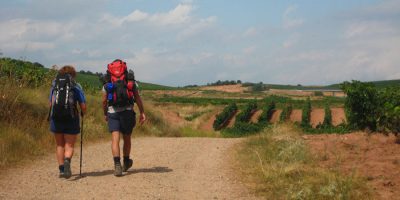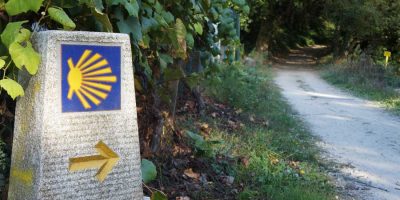Embarking on the Camino de Santiago is more than just a trek; it’s an exploration of culture, history, and oneself. Whether walking the Camino or cycling the Camino, the journey offers a chance to disconnect from everyday life and connect with a centuries-old tradition. The path is filled with beauty but also demanding, requiring physical endurance and mental resolve.
To help you prepare, we’ve gathered 13 essential tips that will guide you through this incredible adventure, ensuring that you can focus on the joy, reflections, and camaraderie the Camino offers. Enjoy the journey, and let these essentials pave the way to a successful and enriching pilgrimage!
If you’re looking to embark on a pilgrimage to Santiago de Compostela this year, we’ve compiled a list of crucial tips to help kick-start your journey.
- Before your Camino
- During your Camino
- After your Camino
Before your Camino
1. Pilgrim Passport Credential
Before setting out, ensure you have your Pilgrim’s Credential, also known as the ‘credencial’. This essential document not only tracks your progress but also becomes a cherished record of your journey. To qualify for the Compostela certificate or the Certificate of Welcome upon arriving in Santiago de Compostela, you’ll need to collect stamps in your credential. Aim to gather at least one stamp daily if you’re starting your journey outside Galicia, and two stamps per day if you’re within Galicia (the final 100km). It’s worth noting that the same Pilgrim’s Credential can be used over several years, making it perfect for those who plan to complete different sections of the Camino across multiple trips or seasons. This approach is quite popular, with many pilgrims walking for 1-2 weeks each year and picking up where they left off the following year.

2. Planning Your Route and Tips for the Camino
Select a Camino route that aligns with your physical capabilities and preferences. The Camino spans thousands of kilometres/ miles throughout Europe, offering a diverse range of landscapes and experiences. Each Camino de Santiago route is segmented into various stages, allowing you to commence your journey from any point. However, we suggest starting from a major city, town, or village for convenient access via public transportation. Check out our blog on the Top Camino Starting Points.
Our travel experts at CaminoWays.com are on hand to provide guidance and support should you require it.
*Utilise our Camino Planner to simplify your planning process.
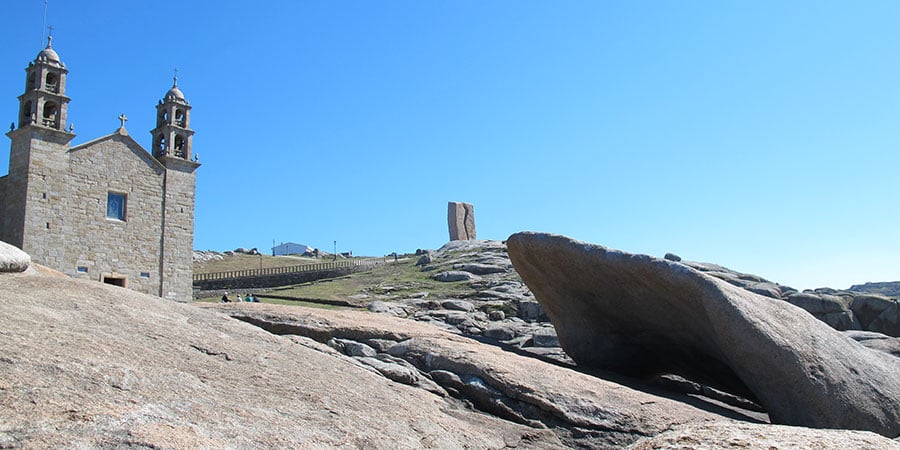
3. Selecting Your Ideal Season
Everyone’s definition of the ‘perfect time’ for a journey varies, so choose a season that suits you best. For those inclined towards coastal paths such as the Camino Portugués Coastal, summer offers the perfect opportunity for ocean swims and tends to foster a more social atmosphere.
The summer period is also rich with local festivals, including the St James festivities in Santiago, Sao Joao in Porto during June, among others. Alternatively, autumn or fall provides a quieter experience with cooler temperatures. Check out our Complete Camino Festivals Calendar for more festivities along the Camino.
*For more insights, explore our blog post on Which Months Can You Walk the Camino?
4. Preparing Through Training
An important tip for your Camino journey: Expect to cover around 20 – 25 km/ 12.5 – 15.5 miles daily, making some pre-journey training essential.
Begin your training walks soon after planning your Camino adventure, gradually increasing your distance each week and walking across varied terrains. Check out our blog post on How Do You Train to Walk the Camino? for more detailed information.
*Access our complimentary Camino Fitness Guide for even more detailed advice.
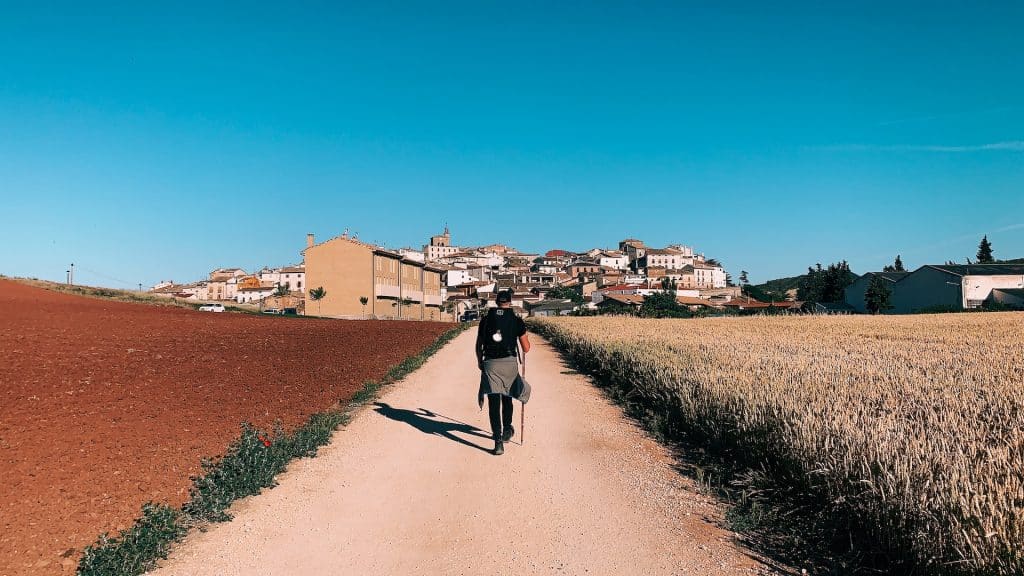
5. Packing the Appropriate Gear
Ensure that you’re equipped for varying weather by packing layered clothing, comfortable trekking outfits, and suitable walking footwear (avoid brand-new shoes to prevent discomfort).
Remember to include sunscreen, a sun hat (or a warm hat for cooler seasons), and your camera to capture the moments. If you’re considering trekking poles, you can find them readily available in the larger Camino cities, especially along the Camino Francés.
*For comprehensive advice on what to pack, check out our blog on Camino packing tips.
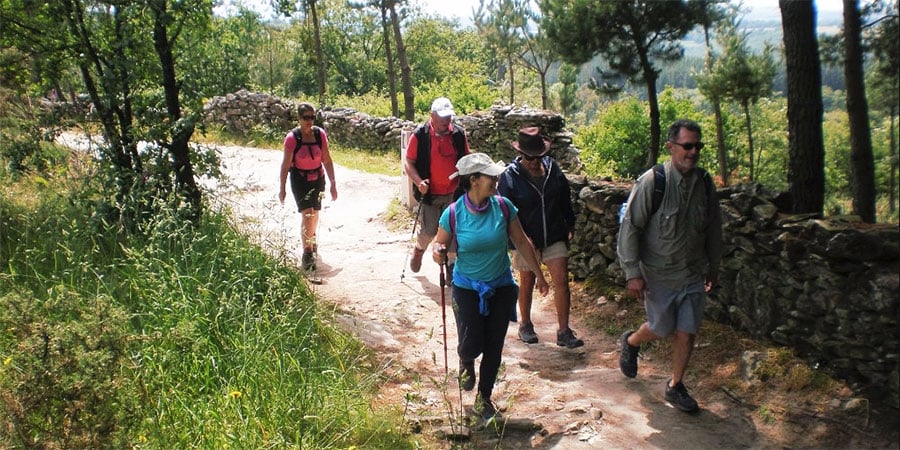
6. Cultural Encounters
The Camino holds the distinction of being the first trail to receive UNESCO recognition, a testament to its centuries-old role in bridging cultures and fostering exchange. Take time to explore the UNESCO Highlights on the Camino and to learn about the towns and cities along your path; they are rich in history, teeming with legends, myths, and tales intimately connected to the Camino itself.
During your Camino
7. Learning the Language of the Camino
It’s customary to greet fellow pilgrims and locals with a cheerful ‘Buen Camino!’ while on your journey. Enhancing your experience with a handful of key phrases is also a great idea. Your holiday pack from CaminoWays.com will provide you with handy phrases in Spanish, French, Portuguese, and Galician. Familiarize yourself with expressions like ‘Gracias’ (Thank You) and ‘Por Favor’ (Please).
*For more on Camino-specific language, check out our guide to proper Camino lingo.
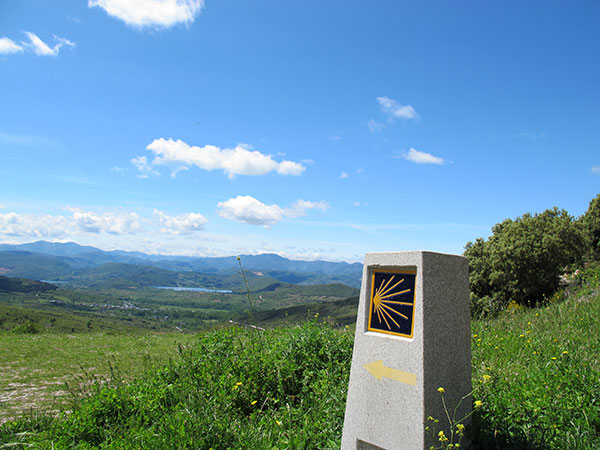
8. Navigating with Yellow Arrows and Scallop Shells
The path to Santiago de Compostela is marked by yellow arrows and scallop shells, guiding you throughout your journey. Keep in mind that the placement of the scallop shell may vary across different regions due to local interpretations of its symbolism. The yellow arrows, on the other hand, provide clear direction, making it possible to navigate many sections without the need for walking notes or maps.
9. Maintaining Your Own Pace: Advice for the Camino
Remember, the Camino is neither a race nor a test of physical endurance. Embrace a pace that feels comfortable for you, especially when your accommodation is pre-booked, eliminating the need to hurry for a spot in the next hostel. While it may seem self-evident, the essence of the Camino lies in the journey itself, not merely reaching the end.
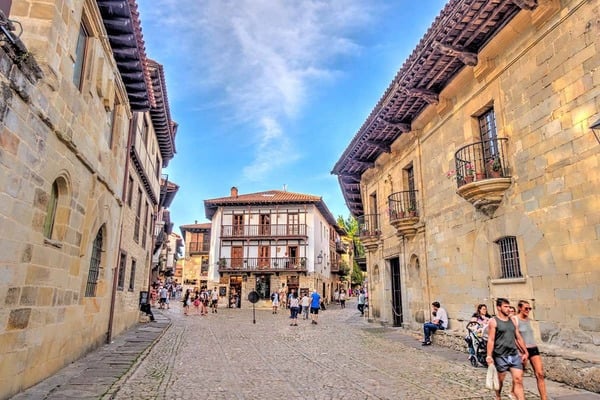
10. Embracing the Camino Spirit
Among all the guidance for the Camino, one stands out: please show respect for fellow pilgrims and embody the Camino’s fraternal spirit. Cyclists should be mindful of walkers nearby, while walkers should allow cyclists to pass. This mutual respect ensures a harmonious journey for everyone on the path.
11. Savouring the Camino Cuisine
Exploring the local cuisine is a key aspect of immersing yourself in the culture. Be adventurous and sample a variety of dishes. Keep in mind, dining times in Spain typically occur later than in other parts of Europe, with dinner often served from 9 pm onwards. Patience and flexibility will enhance your dining experience. Meal schedules can differ by region, yet many establishments along the Camino have adjusted to offer earlier dinner options (according to Spanish norms).
*Consider reading our blogs, ‘The Camino in 10 Dishes‘ and ‘What to Eat on the Camino: Culinary Delights‘ for culinary inspiration.
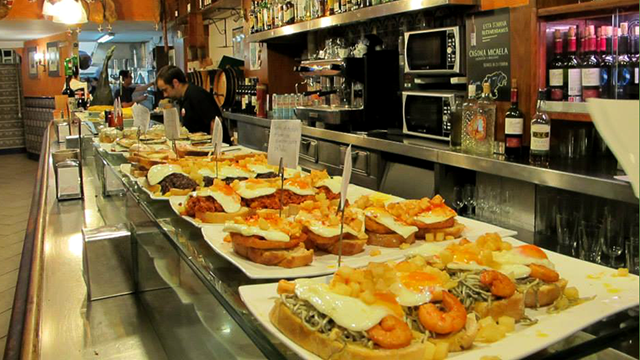
12. Securing Your Compostela: A Piece of Camino Advice
Ensure you claim your Compostela or Certificate of Welcome by visiting the Pilgrims Office on Rúa do Vilar, provided you’ve walked a minimum of 100km or cycled at least 200km into Santiago and have your Pilgrim’s Credential stamped accordingly.
13. Explore Santiago
Upon arriving in Santiago de Compostela, dedicate a day or two to wander through its stunning UNESCO-listed old town, bustling cafes, and vibrant bars. If your schedule allows, consider venturing to the renowned Galician coast for an extended exploration. Check out our blog ‘A Pilgrim’s Food Guide of Santiago de Compostela‘ for some culinary inspiration while you are there.
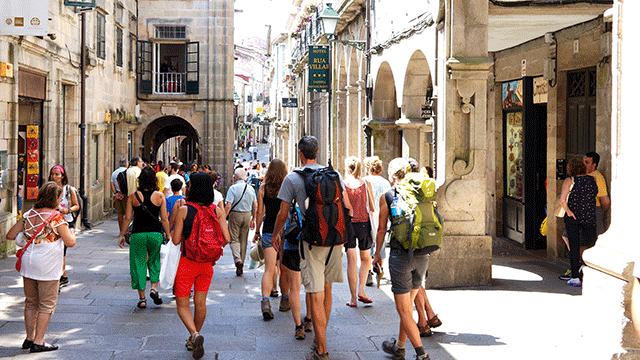
Download our free ebooks with tips, fitness, and all you need to know about the Camino here: Camino Ebooks.
For more information about the Camino de Santiago or to book your Camino trip, contact our travel specialists.
